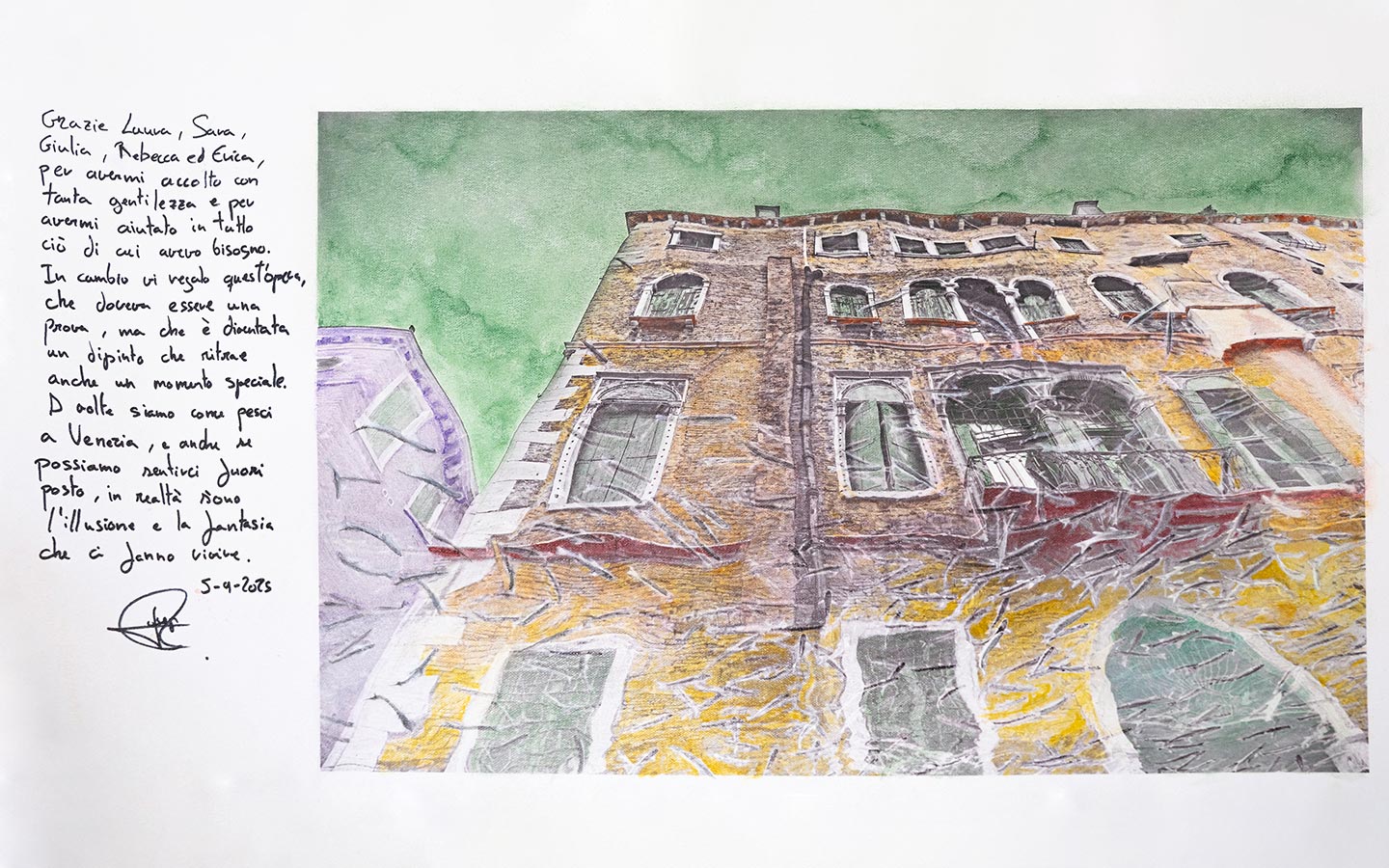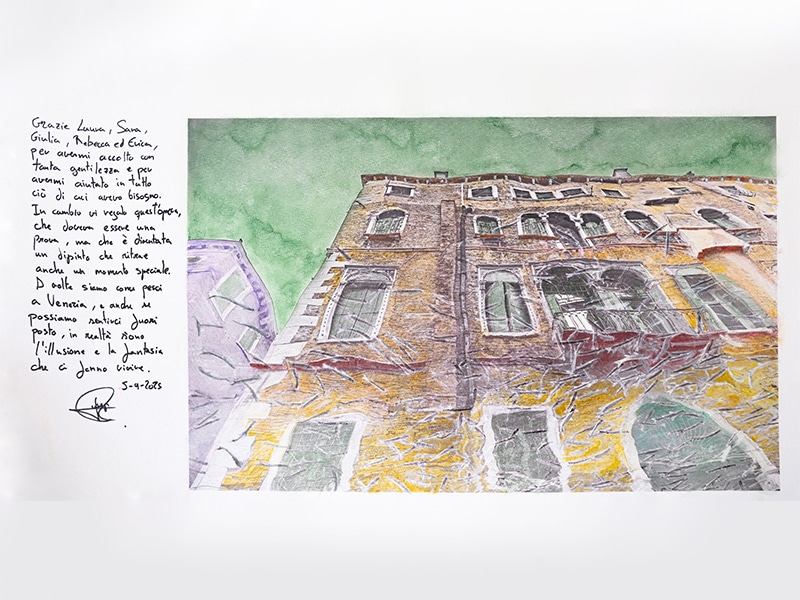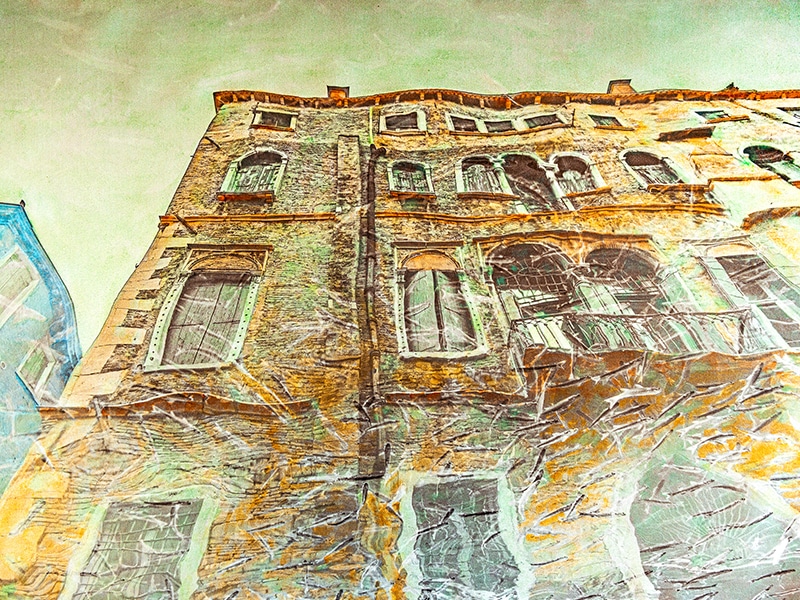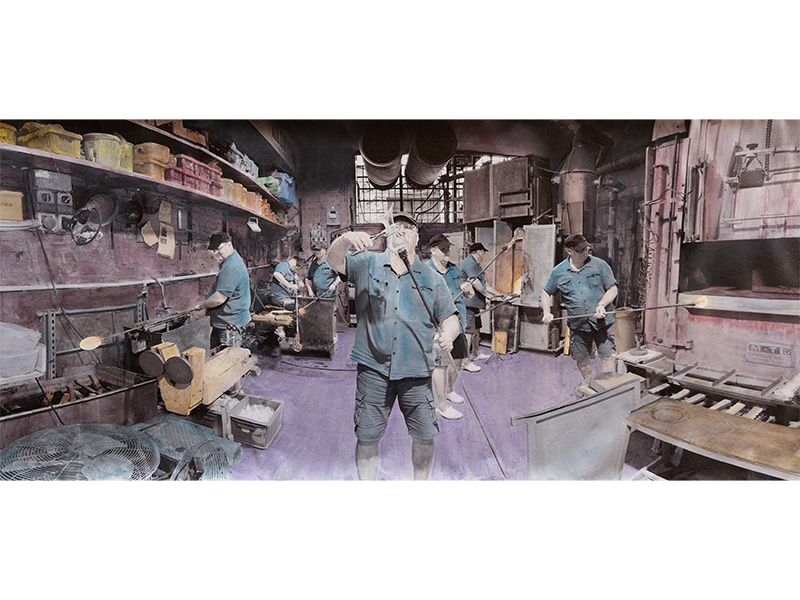
29 Sep Josep Sanmartin | Artist in Residency
Born in Valencia in 1979, Professor Josep Sanmartín of the Universitat Politècnica de València began his studies in Fine Arts at the age of 21, focusing on audiovisuals, sculpture, and scenography. After founding the Macaco Group and working in Spain, he moved to Mexico in 2013, where he defined his research lines in narrative and mythology. Returning to Valencia in 2019, he earned his doctorate and began teaching in the Department of Sculpture at the UPV, while resuming his artistic career.
He is currently collaborating with various companies and institutions on projects related to photography, scenography, and the defense of human rights. He also recently took part in an artist residency at NY20+ in China.
THE RESIDENCE – INTERVIEW
How did you discover the Residency Program of MoCA?
I discovered the MoCA Residency Program thanks to the fact that in 2024 I attended the Arte Laguna Prize, where I received a special award consisting of a one-month residency at NY20+ in Chengdu, China. On that occasion, I had also applied for the special award for the residency with MoCA, but I did not win. However, during the exhibition period my work achieved excellent visibility and the public was so interested in it that the director, Laura Gallon, chose to offer me the opportunity to stay in the Residence for 15 days. I decided to take that opportunity, which has turned out to be very beneficial.
How did you start your career as an artist?
After entering the Faculty of Fine Arts, I began producing works. At first, I did it mostly because I was good at it, not because I believed in myself. It took me many years to truly embrace this path.
It was precisely at that moment, after abandoning my artistic career for a few years, that I began creating again—this time without any ambition—simply because the act of doing so made me feel good. I realized there was something more beautiful than recognition or money—even more than security itself—an inner drive for life that gave new meaning to the concept of “being an artist,” a figure with which I could finally identify in an intimate and personal way.
You could say I had an
That was the moment I truly began my career as an artist, when I let go of every ambition, every plan, and simply allowed myself to flow, moving towards places where I could work with love and humility.
Overall, I am proud to have begun a path surrounded by people who, like me, believe that an artist can also be a good person, and that this is more important than success. That is the environment that has allowed me to develop an artistic career in which I truly recognize myself, far from market interests and the idea of fame at the expense of others.
Tell us about the work that you have developed during your stay.
During my stay I have tried to capture the impact of tourism in Venice, and I managed to take some photographs that I will later continue working on in that regard. However, I must say that Venice is such a magical city that it resists any attempt at a pejorative approach.
Indeed, despite some difficulties, Venice still stands out in all its monumentality, with hundreds of beautiful places in which to lose yourself and dream. This has led me to work mainly with a new technique I am developing, based on deepening my work as a documentary photographer: capturing unusual moments, then reworking them in editing, printing them in black and white on paper, and finishing the work with watercolor, thus plastically transforming reality to offer a more personal perspective.
In any case, I feel within myself that I am in a period of transition that will eventually lead me elsewhere, but it is a beautiful and pleasant transition, full of joys and also some obsessions, because I know I can go further. That is precisely what I feel I have achieved in Venice: moving a few steps forward in my creative technique to strengthen my artistic discourse. That is precisely what I feel I have achieved in Venice: moving a few steps forward in my creative technique to strengthen my artistic discourse.
What are your feelings about the experience? Did the residency give you the space and time to develop new ideas and projects?
Venice, Mogliano, and their surroundings offer an ideal space for creation. Italy in general is a country where art is in the air, and Veneto is no exception. In fact, Venice has become a special place for me. I love the city, the solitude you can find at night while walking alone with your thoughts, creating while wandering through its narrow streets. The experience was wonderful, also because I felt very warmly welcomed by the cultural association MoCA, its director Laura and her fantastic team of women dedicated to art: Sara, Giulia, Rebecca and Erica.
I had a fantastic residency in which I was offered many alternatives for working and living, but I decided to stay at the association
which allowed me to be in direct contact with my hosts, to get to know Italian culture better, and to receive their help whenever I needed it—sometimes to develop my artistic work and other times simply to enjoy life in Venice and its surroundings.
I return from the residency with new ideas and renewed enthusiasm, knowing that I made the most of my time and that I now have new friends with whom I hope to collaborate again in the future.





